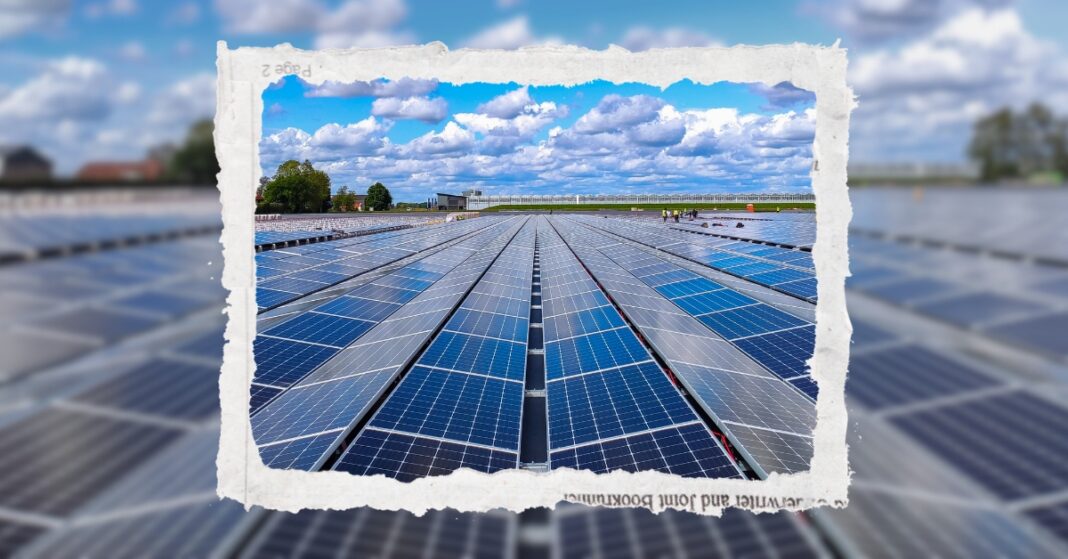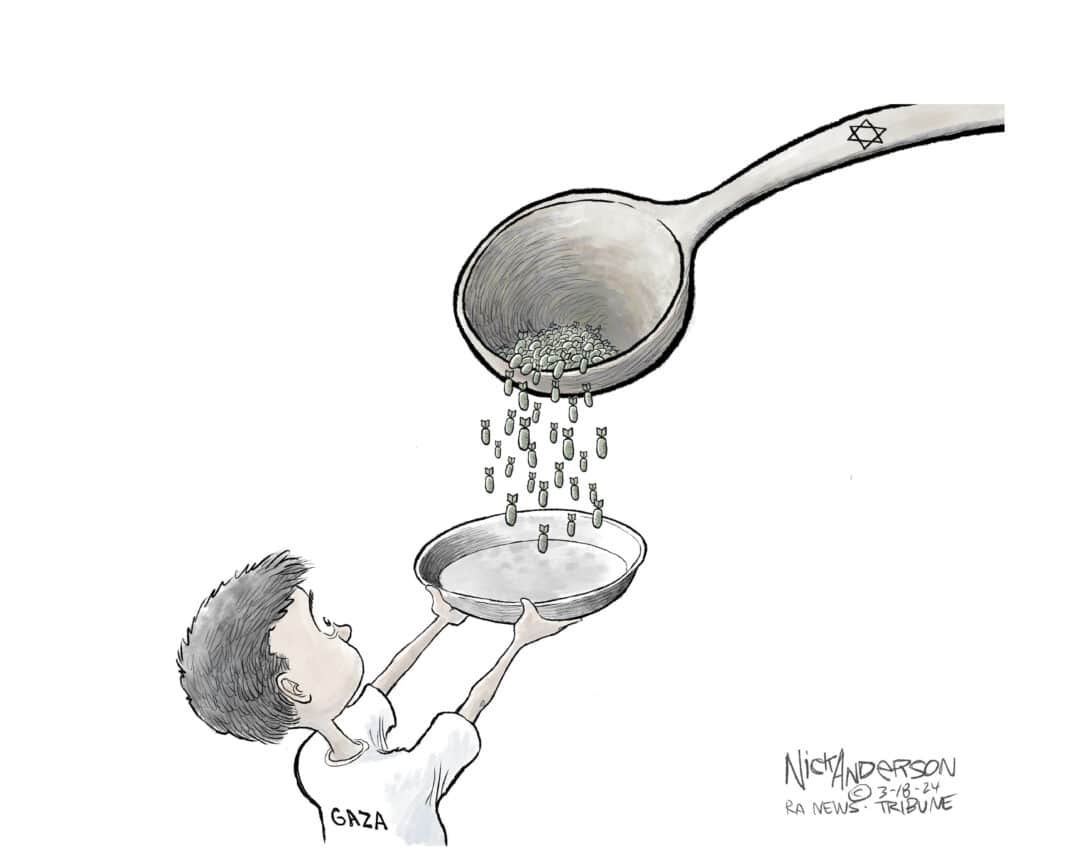After serving as a symbol of the pandemic housing surge, Austin, Texas, now stands at the forefront of a national real estate slowdown, with home prices and apartment rents plummeting further than anywhere else in the United States, according to The Wall Street Journal.
The city’s recent downturn is a marked departure from its previous trajectory, characterized by a bustling real estate market and a surge in job opportunities and population growth. In recent years, Austin experienced an influx of remote workers drawn by lucrative tech salaries and major corporate relocations, propelling its economy to nearly double the national growth rate and cementing its status as the nation’s 10th-largest city.
However, the current scenario reveals a different picture, with luxury apartment buildings sitting vacant and landlords resorting to incentives like weeks of free rent to attract tenants. Moreover, the resale market for single-family homes is witnessing losses, while downtown office space remains unoccupied, including a towering office building awaiting occupation by hundreds of Google employees for almost two years.
Austin’s housing market, once a driving force of the U.S. housing boom, now faces challenges following a surge in interest rates that led to a nationwide housing market slump, despite home prices remaining near historic highs due to limited supply. In contrast, Austin’s home prices have plummeted by over 11% since reaching their peak in 2022, marking the most significant decline among major metropolitan areas.
Matthew Walsh, an economist at Moody’s Analytics, warns that Austin’s housing market remains excessively overvalued, with housing affordability hitting a four-decade low even after recent price drops. According to Walsh, Austin home prices are still inflated by 35% compared to the city’s economic fundamentals, signaling an unsustainable trend.
While Austin’s job growth continues to outpace the national average, the rental market has witnessed a parallel decline, with rents dropping by 7% over the past year. Investors, drawn by soaring rents in 2021, poured billions into apartment acquisitions, leading to a surge in construction activity. However, the subsequent oversupply has dampened rent increases and slowed investment in existing apartment buildings.
Despite the cooling market, some renters, like Thomas Young, see opportunities in downtown apartment towers offering attractive rental deals. Meanwhile, prospective homebuyers, wary of inflated prices, are adopting a wait-and-see approach, particularly if interest rates decline.
Nevertheless, as rents and home prices in Austin remain substantially higher than in previous years, a growing number of homebuyers are exploring alternatives outside the city, with Texas cities like San Antonio and Corpus Christi emerging as popular destinations due to more affordable housing options.
While Austin’s housing market grapples with challenges, its suburban areas continue to show resilience, offering potential for further growth, according to housing economist Clare Losey.
Amidst the shifting dynamics, Austin’s economic fundamentals remain robust, suggesting potential opportunities for recovery and growth in the future.








